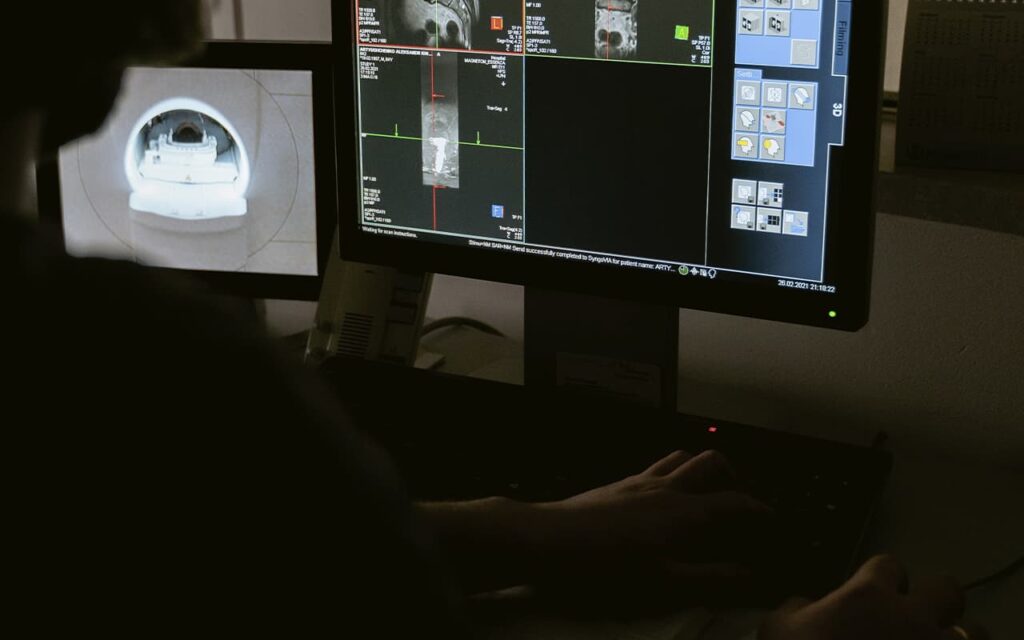Rendering programs are used to create visual effects and visualize finished 3D scenes. Render engines “explain” to the software how to calculate light, shadows, textures, materials, and other elements of the scene. Depending on the plugin, the result may differ in quality, speed, settings, and capabilities.
V-Ray by Chaos Group
One of the most versatile and well-known plugins. It is used in architectural visualization, advertising, film industry, etc. The program has algorithms configured for rendering both by the central processor (CPU) and the graphics card (GPU). It makes it possible to obtain such photorealistic results that it can be difficult to distinguish between a render and a photo. The program also has wide possibilities for setting various parameters, which allows you to get the most desirable result when creating visualizations. With V-Ray, you can balance the speed and physical correctness of the result. In addition, the engine supports distributed rendering on multiple computers. As a plug-in, V-Ray can be integrated with various programs, including 3ds Max, Maya, Cinema 4D, SketchUp, and others. It also has extensive collections of materials and models optimized for its use.
Corona by Chaos Group
Another rendering program that Chaos Group acquired a few years ago and continues to actively develop. The plugin is designed specifically for architectural 3D visualization. Like V-Ray, this engine provides photorealistic results, but the main difference between this rendering program is its convenience and simplicity. Corona is quite fast because it uses distributed rendering and caching to optimize the rendering process. However, at the moment, rendering is done exclusively by the CPU. Corona fully supports the 3ds Max and Cinema 4D packages. The program has large libraries of materials and models thanks to its developers and a large number of users and supporters.
Arnold by Autodesk
A popular stable and optimized rendering program that is great for large projects. Arnold is based on the physical principles of lighting and light scattering. The program is used for rendering architectural objects and visual effects in video games, movies, and television projects. The maximum realism of the renders has a downside – the program’s low speed. It works with a wide range of 3D packages, including Autodesk Maya, 3ds Max, Houdini, Cinema 4D.
Redshift by Maxon
It is one of the fastest and most efficient rendering plugins for 3D visualization. The peculiarity of this rendering program is that it uses the graphics processing unit (GPU) architecture to calculate the visualization of lighting, shadows, and materials. To optimize for the architecture of graphics cards, the plugin’s algorithms partially “sacrifice” physical correctness, but the results will not always give you the opportunity to distinguish them from “physically correct” ones. This feature is common to other rendering engines as well. Redshift supports many popular 3D packages (Maya, 3ds Max, Cinema 4D, Houdini, and others).
Octane by OTOY
This rendering plugin is based on graphics cards and has a very high rendering speed. Due to this feature (as with other GPU-based rendering engines), it is necessary to optimize the scene in more detail, since the amount of RAM of video cards cannot be increased as needed. Octane is available as a plug-in for such 3D programs as Autodesk 3ds Max, Maya, and Cinema 4D. It can also be used as a standalone software product. The Octane program has a large community of users who are actively supported by the developers of this renderer.
